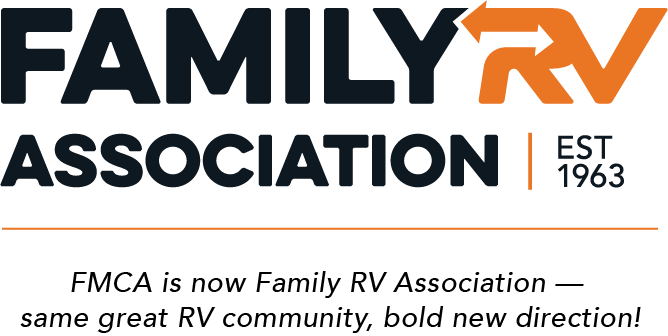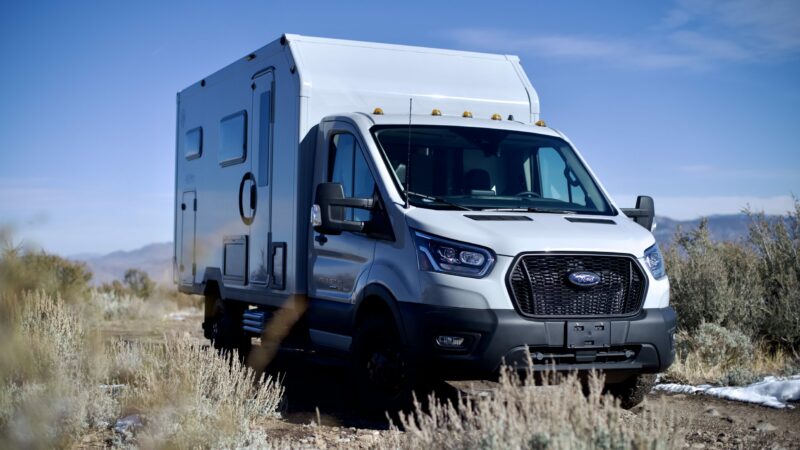Bloomberg: How RVs and #vanlife Became Really Expensive
Editor’s Note: The following article was written by Chris Bryant for Bloomberg Opinion.

After two years when it seemed everyone hit the road to live their best #vanlife or explore the outdoors in a larger motor home, some of the air is rushing out of the recreational-vehicle boom.

Chris Bryant
Buyers are balking at soaring prices, forcing U.S. RV manufacturers to temporarily shutter production and dealers to discount inventory. The industry faces a testing period of declining sales and earnings, but a renewed commitment to more affordable camping options will ensure its long-term prospects.
Demand for RVs rocketed in 2020 and 2021 as consumers constrained from flying overseas found a safer way to satisfy their wanderlust. Instead of working from home, RV owners could toil from a national park instead.
With dealer lots emptied out, frenzied buyers were sometimes forced to pay more than the recommended retail price and spend well in excess of $100,000 on a motor home.
Though manufacturers faced higher costs, they were still able to boost gross margins via price increases and sales of more high-spec vehicles. However, the bubble has now begun to deflate.
Airstream producer Thor Industries Inc.’s North American RV order backlog shrank 80% in the year to Jan. 31 and revenue slumped 39% in the fiscal second quarter, forcing it to cut full-year sales guidance. Forest River Inc.’s first-quarter revenue also declined 39%, which the Berkshire Hathaway Inc.-owned business attributed in part to “rising interest rates, inflation and other macroeconomic conditions.” Overall RV shipments to dealers declined 52% in the first four months of this year, according to the RV Industry Association.
A sales pullback was inevitable in this cyclical industry — many people who wanted an RV now have one — yet the level of retail buyer caution appears to have caught the industry by surprise.
“There has been a little bit of sticker shock from consumers when they see the increase of new RV prices and the interest rates that are associated with financing,” retailer Camping World Holdings Inc. Chief Executive Officer Marcus Lemonis told investors last month, noting that customers are looking to the used market as an alternative.
So far there haven’t been a glut of first-time purchasers dumping their vehicles and quitting the RV life. However, some recent buyers may discover they have negative equity — meaning they owe more than their depreciating vehicle is worth — making it harder for them to trade in their old rig for a new one.
Dealers are wary of holding too much new inventory — in part because their own borrowing costs have increased — and some are having to cut prices to shift aging stock. So now might be a good time to buy a new RV, providing you have the cash.
In April, John North, CEO of Lazydays Holdings Inc., said the RV dealer was advertising “significant discounts” while this month Jason Lippert, the boss of RV-equipment supplier LCI Industries, said consumers should be able to obtain “a much lower price on product than what they would have got six months ago.”
Click here to see the complete opinion article at Bloomberg.com.
Source: https://rvbusiness.com/bloomberg-how-rvs-and-vanlife-became-really-expensive/







